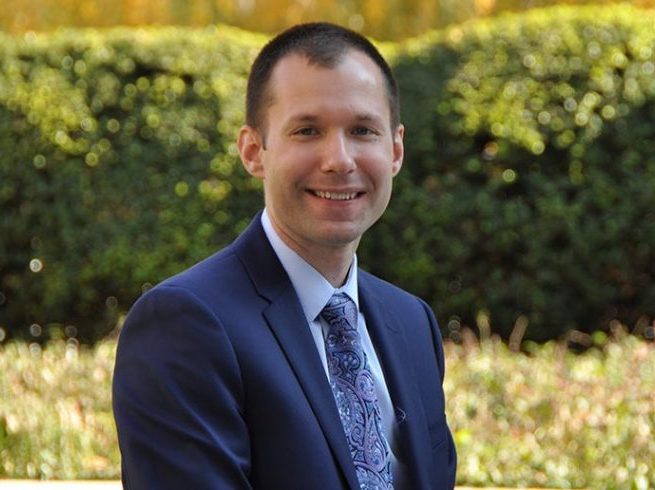By Emily Sullivan

DUBLIN — Fewer than five million people live in Ireland today, an island country famous for its sense of humor, literature and pints of Guinness. This number is far less than the more than eight million people that once called it home before the “Great Famine” struck from 1845 to 1852, leading to the tragic deaths of over one million people and a mass-emigration of over two million Irish men and women.
On the 2010 general census, 34 million Americans, nearly 11 percent of the American population, self-identified as Irish-American. Nostalgia for Irish culture is quite present throughout the United States, particularly in the Northeast, and has been especially present in my life.
Both sides of my family can trace their heritage to exact villages and towns along the south coast of Ireland, and I grew up in a part of New Jersey nicknamed the Irish Riveria, due in part to having the highest percentage of Irish-Americans living in one area in the United States. My childhood home is scattered with Claddaghs and Celtic crosses, and my Catholic upbringing and brood of five brothers, James, Owen, Kieran, Liam, and Declan, have always made me feel classically Irish. When I departed for my semester in Dublin this August, I received many warm wishes of good luck in the “home country.”
This past weekend, I completed a homestay with a lovely family in the small market town of Gorey, in County Wexford, Ireland. It was a memorable weekend, and a few stereotypes proved true: every person in the town knows each other (as my host parents drove me about, they waved at each and every person we passed), there was a cup of tea waiting for me in each home that I entered, and the town’s pubs filled with loyal sports supporters as different games aired throughout the weekend.
My host parents, Helen and Aidan, were the two most welcoming and cheerful people I have met in my life, and were keen on discussing how I was finding Dublin, and the Irish-American identity. They expressed disdain for descendants of the Irish diaspora who appropriate Irish stereotypes and customs without knowing anything of actual Irish culture. The problem they cited was not that being a third or fourth generation Irish-American makes one “less Irish,” but that wearing green on St. Patrick’s day (a holiday that is celebrated here with much less pomp and public urination arrests than it is in New York City) and loving Guinness does not make one Irish.
The Irish people I have met during my time here view that sort of “Irishness” as a misty, outdated sentiment, held by those tenuously clinging to a heritage they fail to understand. Understanding the turbulent history of Ireland and the complex struggles of the Irish people is more important than occasionally breaking out an Irish sweater purchased in the U.S. What is more relevant than how many pints of Guinness one can put back is how generous someone is to his or her neighbors, how lighthearted one is in times of trouble, how skilled one is in having the craic with a group of new friends.
Many Americans claim the identities of their ancestors who immigrated generations ago, something that is natural, I think, after all of the melting-pot narratives we are presented with in grade school. Yet, despite my own claims to my Irish heritage, I have experienced a cognitive dissonance between how pop culture presents the Irish experience and the way of life I have come to know here in my “home country.”
The idea of an old, conservative Ireland has been an emotional touchstone for my family and millions of other Irish-Americans, but after meeting so many kindhearted people, so many bright minds and reading so many of the great Irish authors, it seems ridiculous to distill Ireland’s myriad cultural accomplishments to pouring the perfect beer. Instead, I will take away kindness, empathy, altruism, lots of breakfast meat and humor as the true essence of what it means to be Irish.






































































































































































































